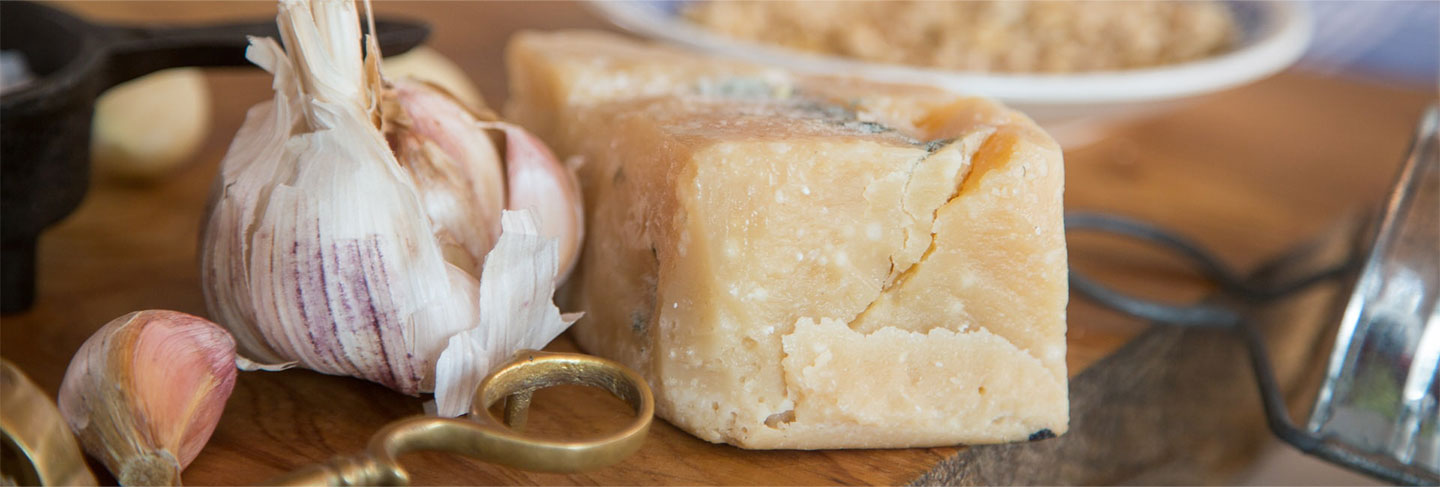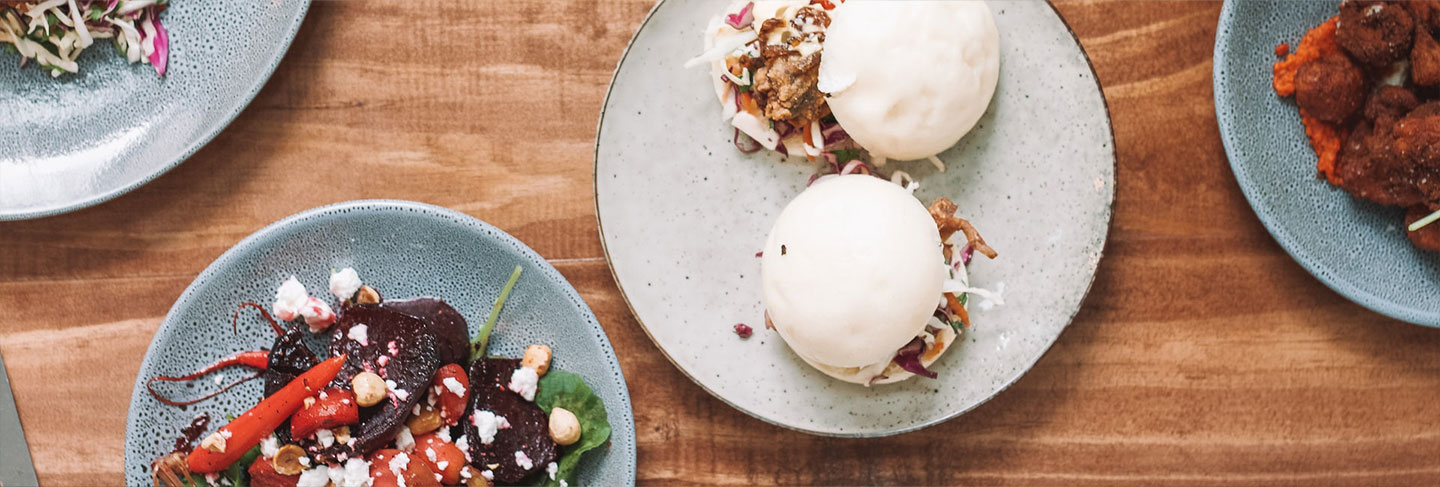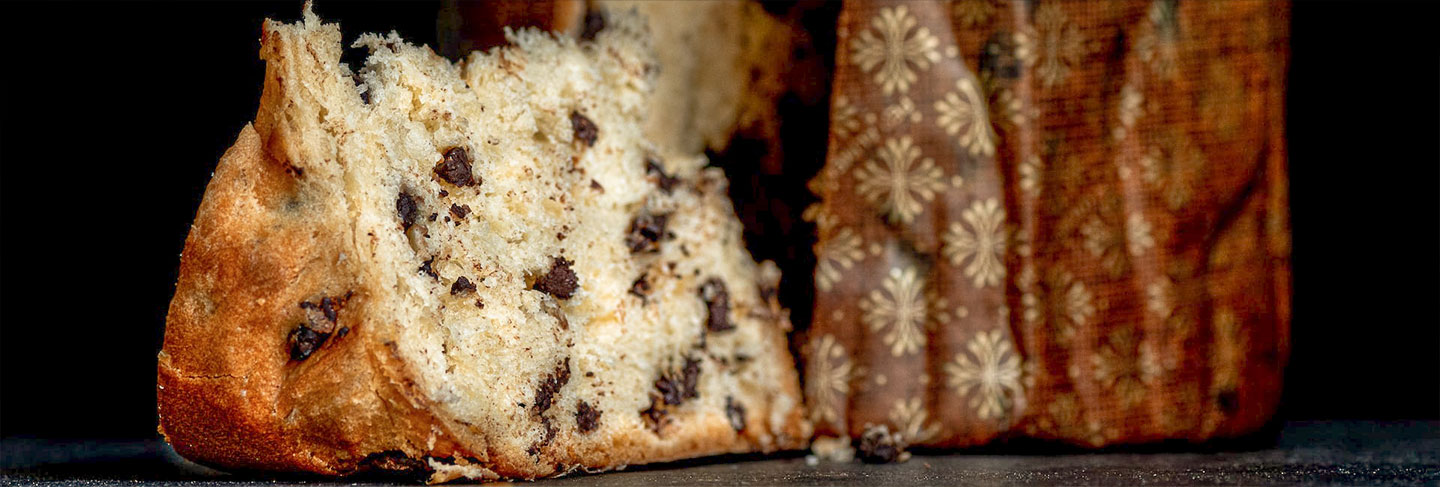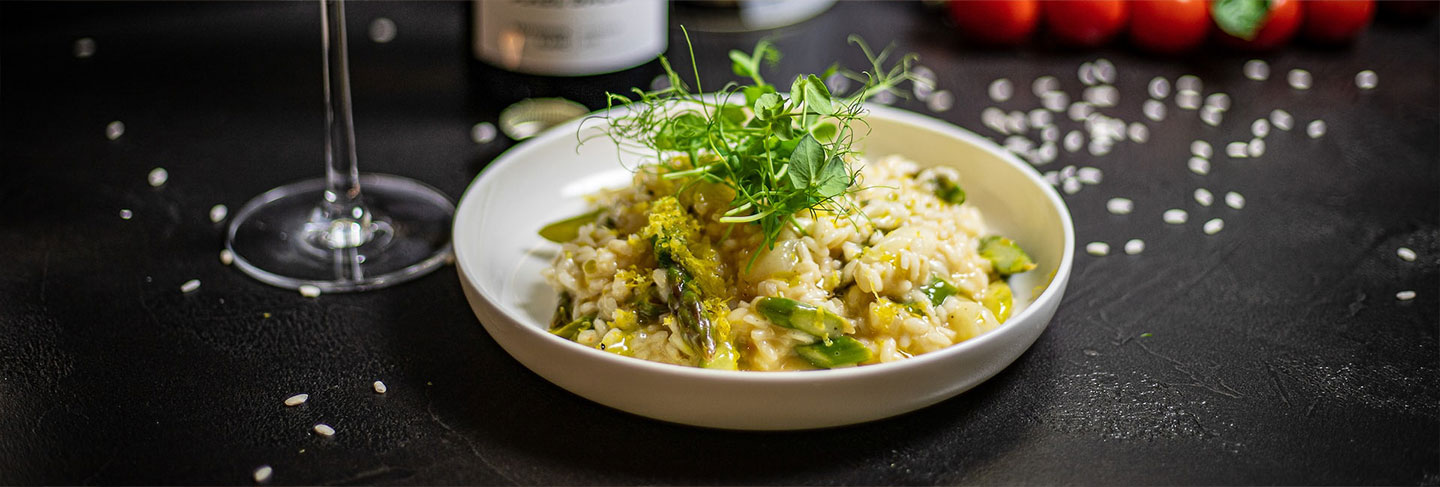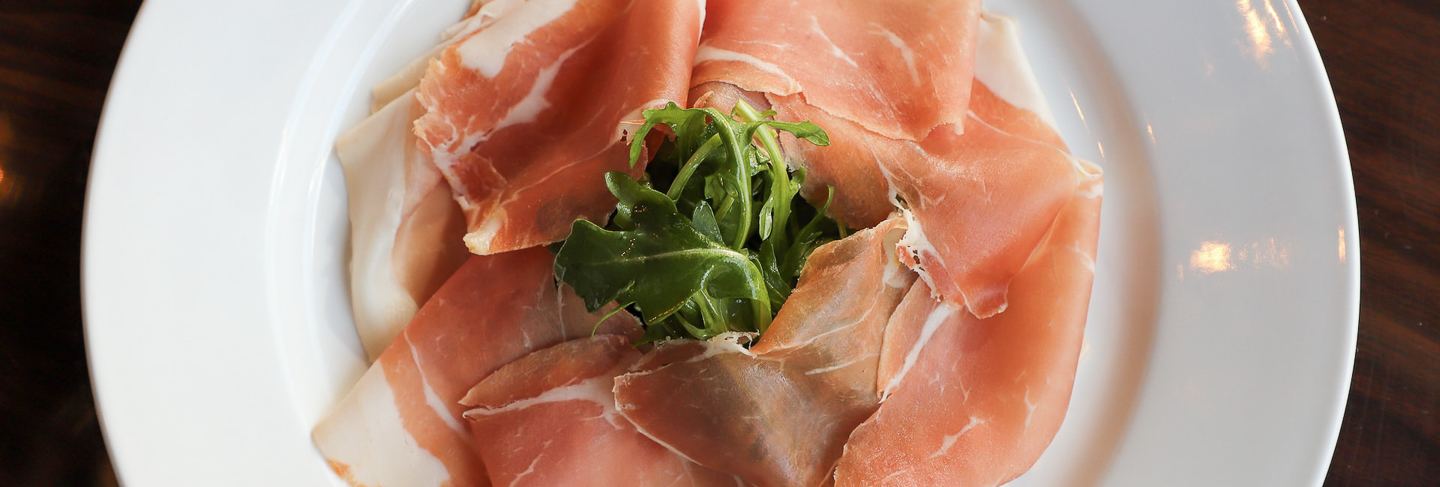Comprising eight provinces, Northern Italy's Lake District is a land rightly proud of its unique and delicious culinary traditions. With a topography featuring mountains, coastline, lakes, rivers and lush farmland, Northern Italy offers a varied cuisine ranging from Alpine cheeses to stuffed pasta and fresh seafood. This exceptional culinary heritage is also influenced by neighbouring France, Switzerland, Austria and Slovenia.
Discover some of the delicacies of Northern Italy
The Aosta Valley, which forms part of the Alps, is entirely mountainous. It is famous for its formaggio d'alpeggio, such as fontina. The fragrant herbs of the mountain fields are said to lend the milk a particular sweetness. Fontina can be eaten as it is or in fonduta (fondue), topped with white truffle shavings.
Piedmont is famous for its variety of antipasti, with a mouth-watering speciality: fiori di zucca ripieni. These are pumpkin, courgette or squash flowers stuffed with meat, parmesan and parsley, and fried.
The coastal region of Liguria, and in particular the city of Genoa, is well known for its pesto Genovese, a delicious pasta sauce. Less well known but equally tasty is pesto bianco (white pesto), a rich blend of walnuts, olive oil and fresh ricotta cheese, often served with corzetti, a Ligurian disc-shaped pasta.
Panettone is a Christmas culinary tradition throughout Italy, but its origins lie in Milan. This large domed loaf is light and airy with a savoury buttery flavour, and adorned with candied fruit and orange peel. Most panettone in Italy is produced on an industrial scale, but there are still many artisan bakers and pastry chefs in Milan who prepare the traditional recipe. In the weeks leading up to Christmas, every pastry shop and bakery has its own variation, but the classic version is probably the best. For breakfast, enjoy it with coffee. Alternatively, after lunch or dinner, accompany it with a dessert wine, such as Moscato.
Emilia Romagna's cuisine is a fusion of Byzantine and Lombard traditions, with specialities such as prosciutto di Parma (unique to Parma), balsamic vinegar (from Modena and Reggio), the famous parmigiano reggiano and tortelli. In Autumn you can try zucca tortelli, fresh pasta filled with a sweet pumpkin filling and dressed in a sauce flavoured with butter and sage. The dish originated during the Renaissance with the arrival of pumpkins from America.
The medieval merchant city of Venice had a major influence on the whole of Veneto's cuisine, especially with the introduction of rice from trade with the Arab states. Rice still figures prominently in Venetian cuisine: risotto al nero di seppia is typically Venetian, flavoured with cuttlefish and coloured using its black ink.
Friuli-Venezia Giulia, bordered by Slovenia and Germany, was for many years under Austro-Hungarian rule, and its legacy can still be seen in its cuisine. Sauerkraut, cabbage soup and apple strudel are all common here. You can also try the famous prosciutto San Daniele or prosciutto di Sauris, which has a unique aromatic taste. This is linked to the smoking method practised only in the province of Udine (beech wood from the local forests is used in the traditional smokehouses). Enjoy this mild and delicately smoked ham with a sweet red wine.
Bordering Austria to the north and the Italian region of Veneto to the south, Trentino-Alto Adige (or Südtirol) is part of the Dolomite mountain range, home to many mountain communities that identify with Tyrolean culture. Hungarian-inspired goulash served with polenta is a popular dish. The onion is very present in this hearty beef stew, flavoured with marjoram, bay leaf and lots of red wine. Polenta is a key element in the cuisine of northern Italy, especially in the Valle de Chiese (Valley of the Churches).
